
Tongli has been producing cement raw material ball mills for more than 30 years. It has cooperated with mechanical equipment brands such as Humboldt of Germany and Kawasaki of Japan to develop and produce cement mills of various specifications with a diameter of less than 5m to meet the needs of the development of the cement industry. It has a better cement mill research and design team in China, more complete cement mill test and detection methods, and excellent large-scale cement mill manufacturing equipment and manufacturing technology. It has formed a system of cement mill test research, design, manufacturing, detection and service, and has independent intellectual property rights for raw material mills. The cement raw material ball mill has the characteristics of strong adaptability to materials, continuous production, large crushing ratio, and easy adjustment of the fineness of the ground product. It can produce both dry and wet methods, and can also grind and dry at the same time.


Efficient Limestone Grinding Solution
A MACHINE YOU CAN DEPEND ON!
"Ensure long-term stability of the equipment under various working conditions through grinding drum design, grinding ball configuration, self cleaning system and powerful motor drive."
The cylinder of the cement raw material ball mill is made of high-strength material, which has good impact resistance and wear resistance, ensuring stable operation of the equipment under high load.
The cylinder, liner and other key components of the ball mill adopt modular design, which is easy to disassemble and repair, reducing maintenance time and extending the normal operation cycle of the equipment.
The cement raw material ball mill can be used with dust removal equipment to reduce dust emissions generated during the grinding process and reduce pollution to the working environment and surrounding environment.
| Specifications (m) | Rotation Speed (r/min) | Grinding Media Load (t) | Production Capacity (t/h) | Main Motor Model | Power (kw) | Main Reducer Model | Weight (t) |
| Φ2.4×8 | 20.9 | 45 | 21~24 | JRQ1512-8 | 570 | ZD80 | 72 |
| Φ3.0×9 | 18.6 | 80 | 26~34 | YR1000-8/1180 | 1000 | 800 | 132 |
| Φ3.4×9.5* | 16.9 | 75 | 70 | YR1250-8/1430 | 1250 | 900 | 168 |
| Φ3.8×7.5 | 16.7 | 85 | 85 | YR710-8 | 1400 | 800 | 180 |
| Φ4.6×9.5+3.5** | 15 | 185 | 180~190 | YRKK900-8 | 3550 | MFY355 | 345 |
QUALITY NEVER GOES OUT OF STYLE
The raw material enters the interior of the ball mill through the feeding device. The mill's drum rotates around a horizontal axis driven by a motor. Typically, the drum is a cylinder equipped with a liner plate that not only protects the drum but also lifts the materials and grinding media to increase grinding efficiency. Inside the drum, a certain number of grinding media (such as steel balls or steel segments) are present. As the drum rotates, the raw material and grinding media are lifted to a certain height. When they reach this height, the grinding media fall due to gravity, impacting and grinding the material.
The impact force breaks down large chunks of material, while the friction and pressure between the steel balls further grind the finer particles into even smaller sizes. The ground material is then discharged through the outlet. Some ball mills are equipped with a classification device that uses wind or a sieve to separate the fine powder from the coarser unground particles. The fine powder exits through the discharge port, while the coarse particles are returned to the mill for further grinding until the desired fineness is achieved.
Increasing the feed amount of raw material can directly enhance output, provided the ball mill has sufficient grinding capacity and does not exceed its handling capabilities to avoid blockage and overload. Adjusting the speed at which materials pass through the mill can ensure effective grinding while preventing excessively long retention time, thus boosting output. Good ventilation helps to efficiently remove heat and dust generated during grinding, reducing over-grinding. Controlling the internal temperature of the mill aids in drying and grinding the material.
Installing a high-efficiency separator at the mill's discharge end can accurately separate fine product powder from coarse powder, minimizing over-grinding. Coarse particles that do not meet the requirements can be returned for re-grinding, while qualified fine powder is discharged promptly, reducing the mill's load. Pre-crushing the raw material before it enters the ball mill can reduce its particle size, thereby lowering the workload on the mill and increasing output.
Lubrication is key to ensuring the normal operation of the ball mill. Regularly check the lubrication of bearings, drive gears, and other components to ensure sufficient oil levels and that the quality of the lubricant meets the required standards. Replace the lubricant periodically to avoid the negative effects of impurities or aged oil on equipment operation. Inspect bolts and fasteners across the equipment, particularly in critical areas such as the drive system, bearing seats, and liner plates. After extended operation, fasteners may loosen and require timely tightening.
Steel balls or segments gradually wear out with prolonged use. Regularly check the wear condition of the grinding media and supplement or replace severely worn grinding media as needed to maintain grinding efficiency. Major maintenance is typically performed every 1-2 years and involves a thorough inspection, repair, and necessary replacements of the ball mill. Key tasks include:
1.Comprehensive inspection of the mill drum: Check for overall condition, ensuring there are no cracks, deformations, or other issues. Inspect the inner lining of the drum for potential replacement or repair.
2.Replacement of key components: During major overhauls, severely worn bearings, gears, couplings, and other critical parts may need replacement to ensure continued efficient operation of the equipment.
3.Repair or replacement of the drive system: Inspect and repair the drive components, including the motor, reducer, and gears, to ensure the power system operates normally.
4.Correction of installation accuracy: Long-term operation may cause misalignment or displacement; during major overhauls, realign the equipment to ensure optimal installation conditions.
Strictly follow operational protocols to avoid equipment overloading or operational errors that could lead to damage. Properly control the feed amount and adjust the ventilation system to ensure the equipment operates in optimal condition.
Cement Production
Raw Material Grinding: Primarily used to grind raw materials (such as limestone, clay, iron ore, etc.) to the fineness required for cement production. The cement raw material ball mill can grind these raw materials to the desired particle size for subsequent mixing and calcination processes.
Mixing Cement Raw Materials: In some cement plants, raw material ball mills are also used to mix and grind multiple cement raw materials to achieve the desired physical and chemical properties.
Mining Industry
Ore Grinding: The cement raw material ball mill can also be used in the mining industry to grind ores, improving the fineness of the ores for subsequent beneficiation and smelting processes.
Ore Mixing: In some cases, ball mills can be used to mix different types of ores to achieve uniform particle size and properties.
Chemical Industry
Grinding Chemical Raw Materials: Some chemical enterprises use ball mills to grind chemical raw materials to achieve the required fineness and uniformity for the production process.
Additives and Auxiliary Materials: Used to grind and mix chemical additives and auxiliary materials, ensuring they perform optimally in the production process.
Building Materials Industry
Other Building Material Raw Materials: Besides cement production, ball mills can be used to grind other building material raw materials, such as glass raw materials, ceramic raw materials, etc., to improve their fineness and uniformity.
Metallurgical Industry
Mineral Powder Production: In the metallurgical industry, ball mills can be used to grind metal ores, metallurgical by-products, etc., to produce mineral powder suitable for smelting.
Metallurgical Chemicals: Grind chemicals used in metallurgical processes to enhance their reactive performance and treatment efficiency.
Environmental Protection and Waste Treatment
Waste Treatment: In the field of environmental protection and waste treatment, ball mills can be used to grind various waste materials, such as industrial waste, construction waste, etc., aiding in their reuse or disposal.
Common issues with cement raw material ball mills include excessive noise during operation, which can be caused by severe wear of grinding media, foreign objects inside the equipment, and loose or damaged mechanical components. Regularly check the wear condition of the grinding media and replace them as necessary. Clear any foreign objects from inside the equipment to ensure smooth operation. Inspect the mechanical components for tightness and repair or replace any damaged parts.
Overloading or prolonged continuous operation, insufficient lubrication or cooling system failure, and high ambient temperatures can lead to equipment overheating. To avoid this, prevent overloading the equipment and schedule reasonable working hours. Regularly check and maintain the lubrication and cooling systems to ensure they function correctly. Ensure proper ventilation and cooling in the working environment.
Common problems with cement raw material ball mills include insufficient output, low grinding efficiency, overheating of equipment, abnormal noise and vibration, material blockage, and high energy consumption. These issues can be effectively addressed by regularly inspecting the equipment's condition, adjusting operational parameters, maintaining the lubrication and ventilation systems, timely replacing worn components, and controlling material moisture. These measures will help to improve the production efficiency and operational stability of the cement raw material ball mill.
High-temperature environments can lead to equipment overheating, degradation of lubricating oil or grease, and increased mechanical wear and energy consumption. To mitigate these effects, it is important to strengthen the maintenance of the cooling system to ensure that the equipment operates within the appropriate temperature range. Using lubricants and coolants suited for high-temperature conditions can also help maintain equipment performance.
High humidity can cause rusting of equipment components, particularly metal parts, which increases the risk of corrosion and affects the stability and lifespan of the equipment. Regularly inspecting and maintaining the equipment's anti-rust measures, such as applying anti-rust oil, is essential. Ensuring proper ventilation and dryness of the equipment can reduce the impact of moisture. Using moisture-proof materials and external covers can help minimize moisture intrusion.
Precipitation can result in external dampness of the equipment, increasing the risk of corrosion and electrical system failures. Ensuring that the equipment's roofing or rainproof measures are in good condition will help avoid direct exposure to rain. Implementing preventive and maintenance measures tailored to different climate environments can effectively reduce the impact on the cement raw material ball mill, improving its stability and lifespan. Regular inspections and appropriate maintenance are crucial in addressing the effects of climatic conditions on the equipment.
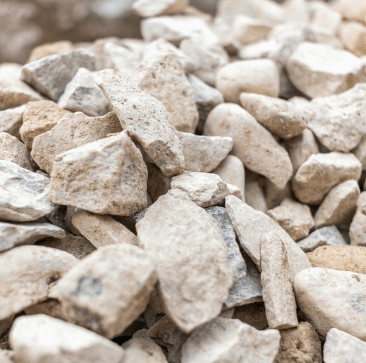
The main component used to produce cement. The ball mill can grind it into fine powder to improve the strength and stability of cement.

Mainly used in building materials and chemical production. The ball mill can crush it for easy processing and utilization.
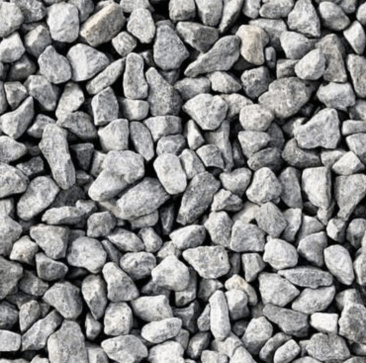
The main source of copper extraction. The ball mill can grind it to improve the efficiency of subsequent mineral processing.
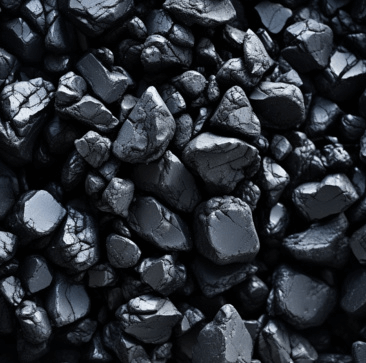
Used in glass manufacturing and foundry industry. Ball milling can improve the product quality.
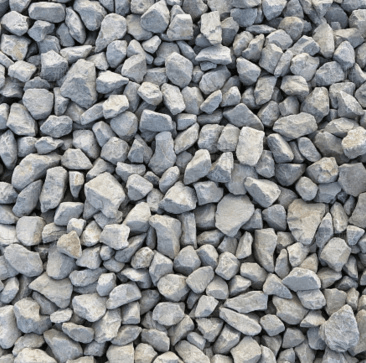
An important raw material for making refractory materials. Ball milling can improve the refractory properties.

Raw material for lithium batteries, ball mills can grind it finely to improve lithium extraction efficiency.
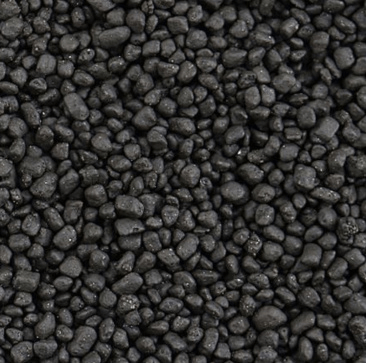
Mainly used in glass manufacturing, ball mill can grind it to improve the transparency of glass.
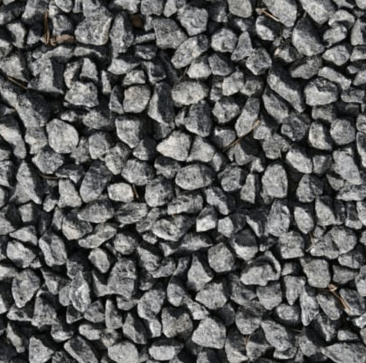
Provides auxiliary materials for steel production, ball mill grinding improves its utilization efficiency.
You can get in touch with us through the following contact information
AddressNo. 2289 Huancheng South Road, Tongxiang, Jiaxing, Zhejiang Province, China. Zip code:314500
Please fill in the sales inquiry form and our sales representatives will be in touch shortly.